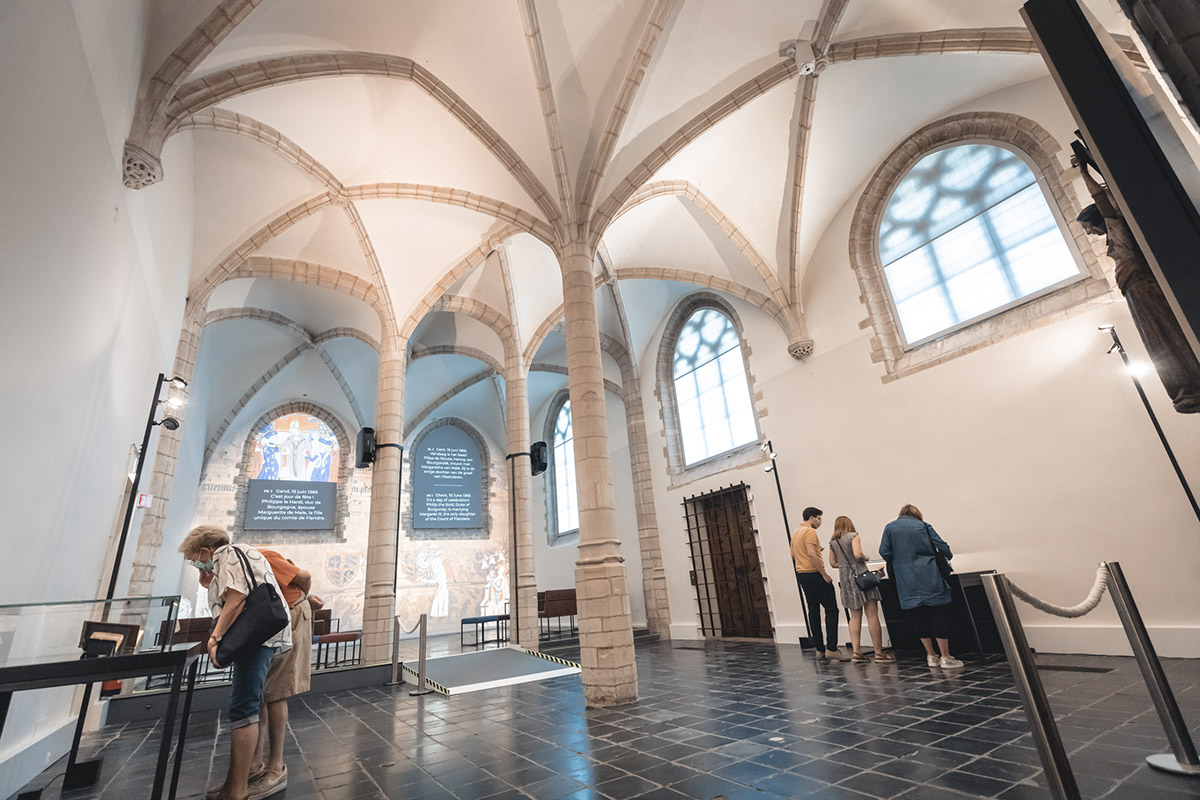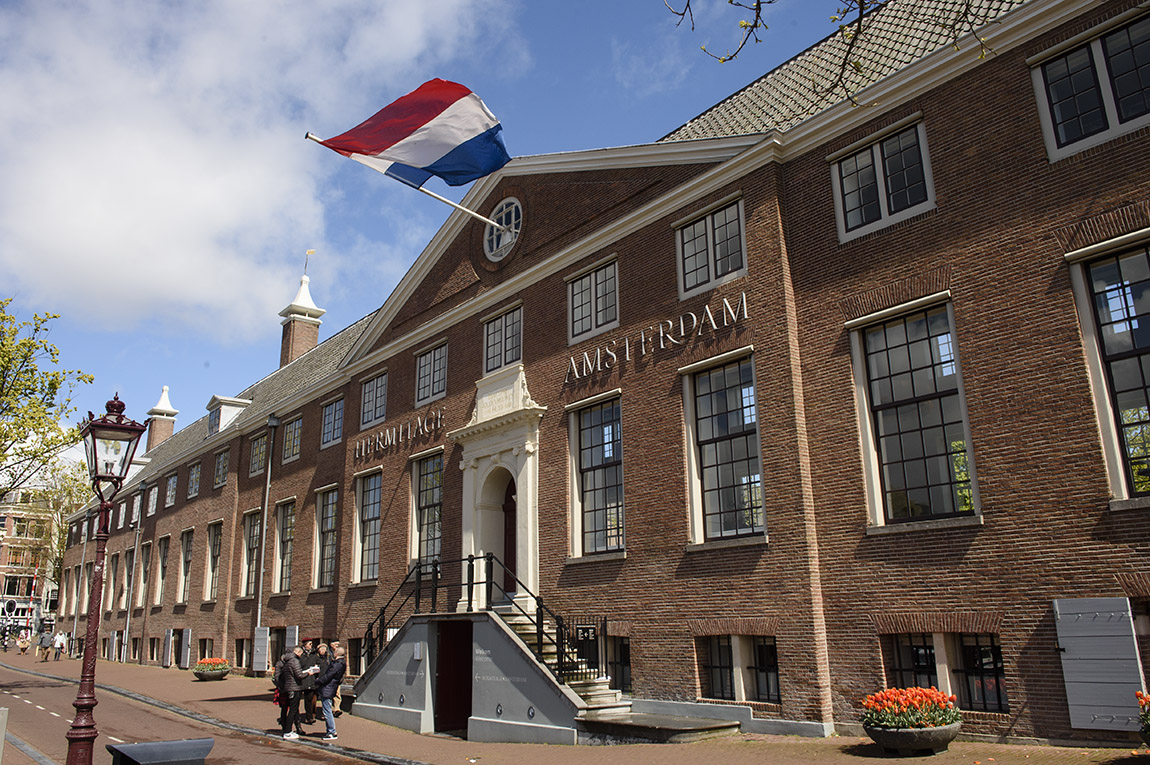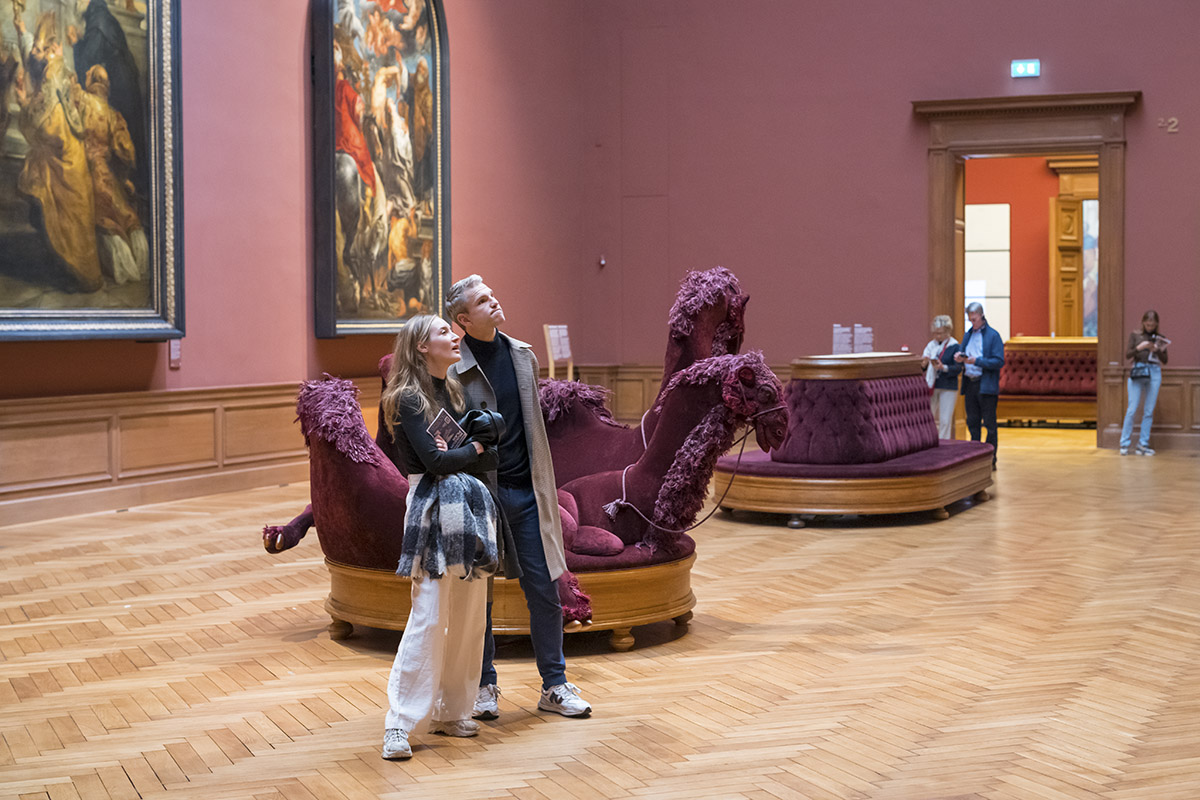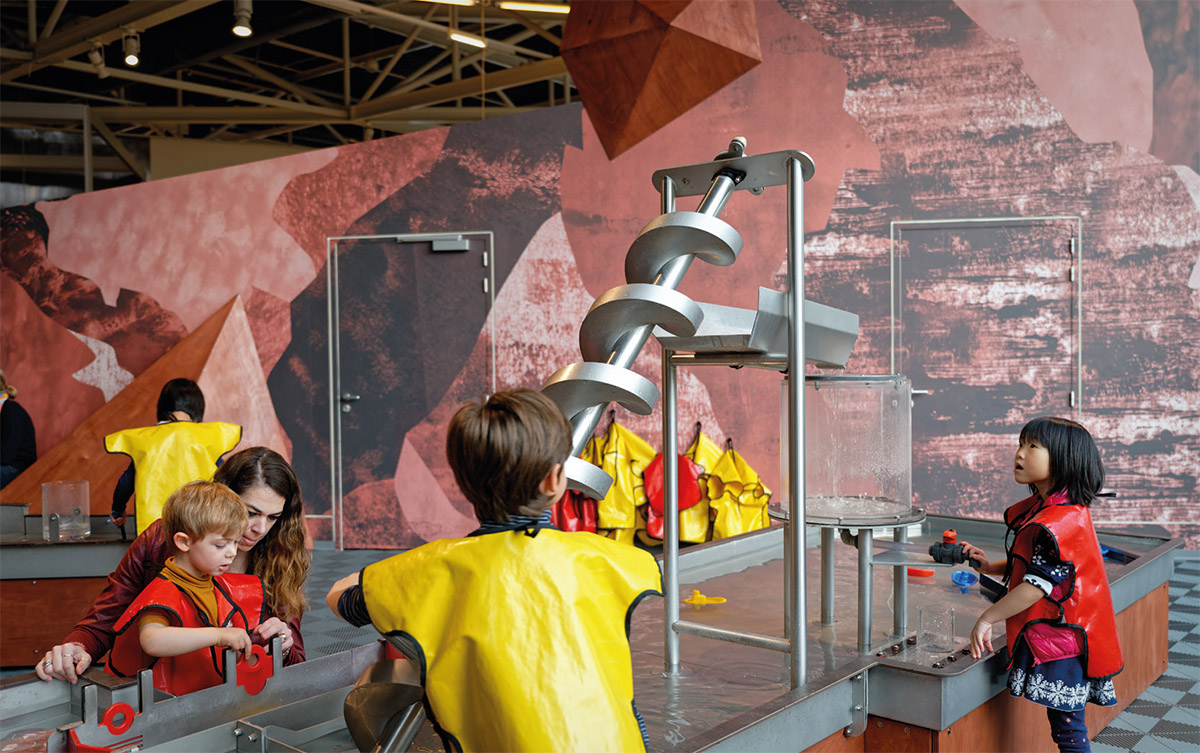Sonneveld House
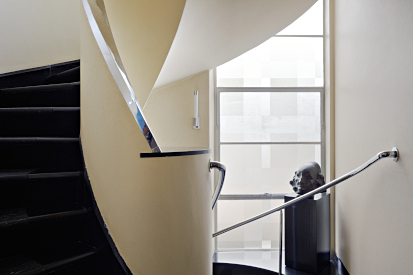
The history and essence of functionalism
TEXT: ELLA PUT | PHOTOS © SONNEVELD HOUSE
If houses could speak, Sonneveld House would have stories to tell. Once the house of the director of the famous Van Nelle factory and his family, it now offers a peek into the lives of an influential Dutch family in the 1930s, as well as the story of the beloved Dutch functionalist style.
Sonneveld House is not like any average museum, known as one of the best preserved houses in the famous Dutch functionalist style. The luxurious villa was designed in 1933 by architecture firm Brinkman and Van der Vlugt, especially for the director of the Van Nelle factory, Albertus Sonneveld.
The Van Nelle factory was an influential factory in Rotterdam in those days, making Albert Sonneveld one of the best known men in town. Now on the UNESCO World Heritage list, the Van Nelle factory, as well as the villa, attracts visitors from all over the world who come to admire the unique building style.
The influence of Rotterdam
“People nowadays see Rotterdam’s skyline and think of the city as a modern and sophisticated place, but one forgets that building new innovative architecture has always been the essence of this city. It’s what makes it so special,” explains Hetty Berens, conservator of Sonneveld House. “Even in the 1930s, when this villa was built, Rotterdam kept inspiring and innovating new ways of building.”
After the city was heavily bombed during the early days of World War II, most of the new buildings went up in flames. Berens: “It’s a miracle that this house survived. Therefore, it’s special that we have something left from that time, such as Dutch functionalism at the Sonneveld House. It tells the story of an influential family, but also the history of Rotterdam. It really gives an idea of the way of living back then, and it demonstrates the incredible development the city has went through.”
The essence of functionalism
Nowadays, the house is open for visitors who can explore the modern Dutch architectural style as well as take a tour through the house. “It’s an informal way of getting to know Rotterdam and functionalism, as well as the Sonneveld family who lived here,” Berens explains.
The architects Brinkman and Van der Vlugt designed a concept where elements such as architecture, interior and furnishing would reinforce one another. Berens: “The light and space form the essence of this house. There are balconies as well as windows, and the house gives the feeling that you can go outside whenever and wherever you want. Furthermore, in each room, you have a breathtaking view of the surrounding garden.”
Almost all items, such as furniture and lamps, were made by the Gispen firm, and some were especially designed for the Sonneveld family. Berens: “This customisation reveals the luxurious living standards of the family. They had a special eye for comfort mixed with style. Sonneveld House is not only a museum and an example of functionalism, but also the very personal environment of a family.”
Every room in the house is decorated in a different colour and has its own function. And the technology was way ahead of its time. “They had a telephone in almost every room of the house. As this was in the early 1930s, you realise how much they were ahead in their ways of thinking. Sonneveld House has been an inspiration for so many Dutch housing styles ever since it was built. It is a leading example of the way we still live our lives, almost a century later.”
Subscribe to Our Newsletter
Receive our monthly newsletter by email
